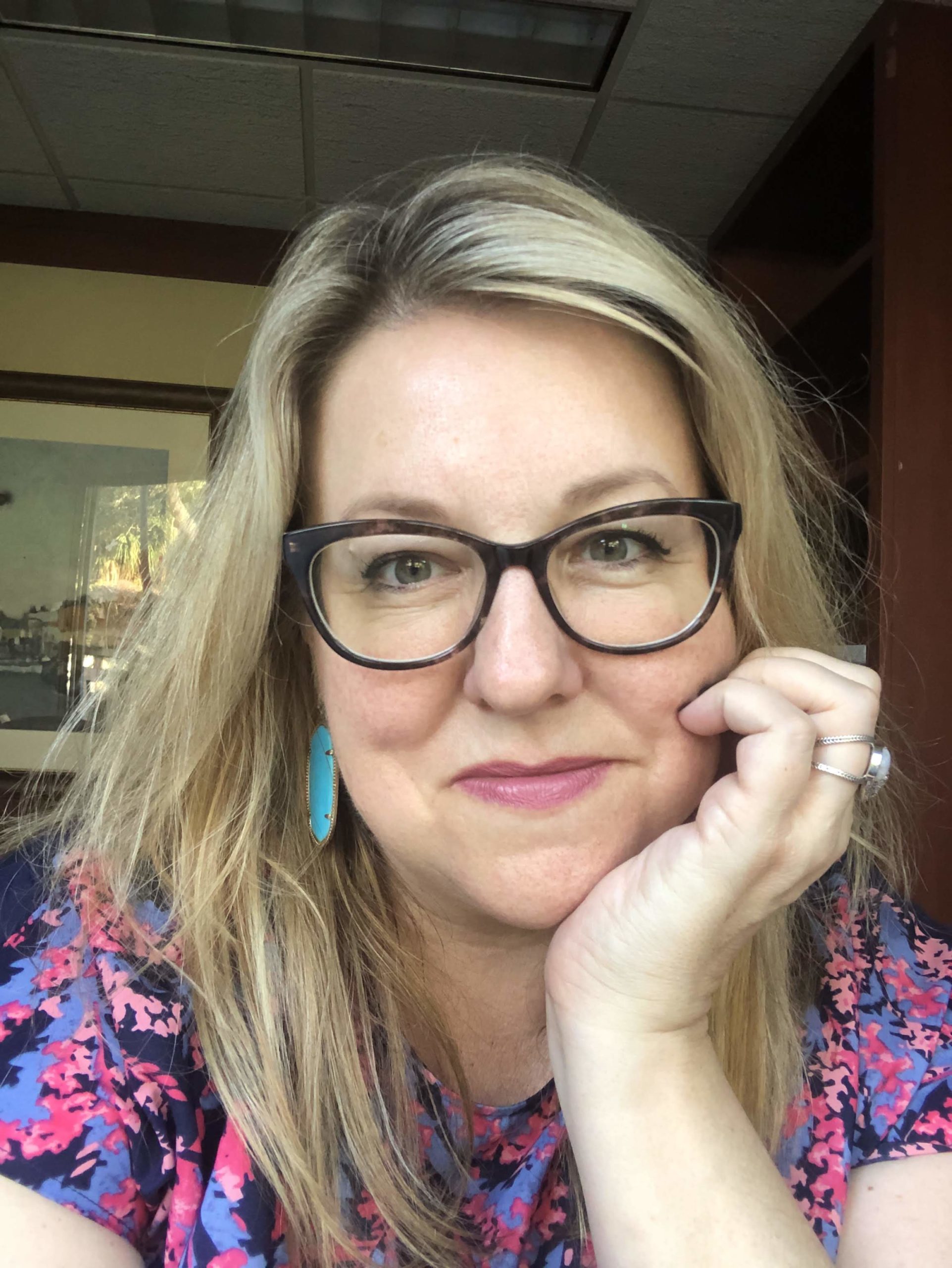ST. PETERSBURG, Fla. (May 12, 2023) — The Poynter Institute is pleased to announce the 27 participating news organizations in 2023’s Transforming Crime Reporting Into Public Safety Journalism.
These newsrooms are on the forefront of a movement in American journalism to create more accurate and comprehensive community narratives about public safety. Last year, teams from 44 newsrooms worked with Poynter over 15 weeks to reimagine their approach to covering crime, courts and law enforcement.
This year’s cohort of newsrooms will work together for seven months. Teams from news media organizations were invited to apply to Poynter’s 2023 expanded program, which is funded with grants from the MacArthur Foundation and the Annie E. Casey Foundation.
These newsrooms represent some of the largest media markets in the United States as well as some of the smallest. They are:
- 6ABC Philadelphia (Philadelphia)
- Associated Press (New York City)
- Anchorage Daily News (Anchorage, Alaska)
- Baltimore Sun Media (Baltimore)
- CBS Detroit (Detroit)
- The Daily Memphian (Memphis, Tennessee)
- Houston Chronicle (Houston)
- Jackson Hole News & Guide (Jackson, Wyoming)
- KPRC (Houston)
- KTOO (Juneau, Alaska)
- KSL/Deseret News (Salt Lake City)
- KSAT (San Antonio, Texas)
- Lexington Herald-Leader (Lexington, Kentucky)
- Milwaukee Journal Sentinel (Milwaukee)
- Racine County Eye (Racine, Wisconsin)
- Southern California News Group (Anaheim, California)
- The Journal Times (Racine, Wisconsin)
- Philadelphia Center for Gun Violence Reporting (Philadelphia)
- The News & Observer (Raleigh, North Carolina)
- WCBS (New York City)
- WCCO (Minneapolis)
- WDIV (Detroit)
- WINK News (Fort Myers, Florida)
- WJXT (Jacksonville, Florida)
- WKMG (Orlando, Florida)
- WNET Digital (New York City)
- WSCV – Telemundo51 (Miami)
This transformative workshop is housed in Poynter’s Craig Newmark Center for Ethics and Leadership. Lead faculty include Kelly McBride, senior vice president and chair of the center, and Poynter adjunct faculty Cheryl Thompson-Morton, Black Media Initiative Director for the Center for Community Media at the Craig Newmark Graduate School of Journalism at CUNY.
For almost 50 years, journalists have turned to Poynter for guidance on ethical issues.
McBride wrote that in the public reckoning that followed George Floyd’s murder by a police officer in 2020, newsrooms wanted to provide their communities with more comprehensive coverage of public safety.
As a former cops reporter, McBride has specialized in reforming the journalism profession’s coverage of crime, violence and trauma. Since joining Poynter in 2002, McBride has helped newsrooms evolve best practices on issues of sexual assault, suicide and mental health, and mass shootings.
“Newsrooms everywhere have deeply entrenched habits when it comes to covering crime. Chase the scanner, quote the police, ‘if it bleeds it leads.’ I know this from my own experience and from offering ethical guidance to hundreds during my time here at Poynter,” McBride said. “Most of the reporters and editors I encounter really want to do better work. But newsroom systems and culture make it hard to change.”
Thompson-Morton said that to prepare for this work, she considered her own upbringing in a town with a lot of similarities to another just across the river, save one: the other town had a higher percentage of white residents.
“My community often only made headlines when a resident was involved in a crime story, so my town developed a reputation as a more dangerous place to live. But the crime rate was actually higher” in the nearby town.
Thompson-Morton said that while it wasn’t a perfect apples to apples comparison, her research indicated that the coverage in the two towns over generations had influenced everything from housing values to the quality of education.
“And so that ignited a passion in me for the topic,” she said.
With the help of more than a dozen other professional journalists and experts, McBride and Thompson-Morton will guide this group of newsrooms through a process that includes examining existing crime coverage, building a mission for public safety journalism, writing new policies and training newsroom staff.
Over the course of seven months, instructors and coaches will introduce a series of change management tools that will guide newsrooms as they transform their coverage, step by step.
Every newsroom’s solution will be unique to the communities they serve.
They will start by identifying the journalistic purpose behind stories about individual crimes, as well as stories about cops, courts and public safety. Then, participants will conduct a custom analysis of their own content to determine how much coverage they are currently producing and what percentage of that coverage serves their audience. After that, the focus shifts to change management, building and implementing new policies, and strengthening capacity to provide in-depth reporting.
In a recent Q&A with Poynter, “Newsrooms struggle over how to cover crime: What we learned by helping 44 newsrooms reform their work,” McBride said that one of the biggest hurdles for this kind of transformation isn’t a willingness to consider change — it’s the difficulty of enacting that change throughout a newsroom.
“To implement a policy, you have to do three things: You have to get HR to agree to it, you have to get legal to agree to it and you have to do training,” McBride explained. “And so you’ve done all the hard work of writing a new policy, all the stakeholders are bought into it, and then it breaks down because you can’t get those three steps in place.”
Transforming Local Crime Coverage into Public Safety Journalism addresses these late-stage issues and provides customized help so that newsrooms can make lasting changes.
Thompson-Morton said that’s important because news organizations play a large role in how the public perceives crime and their safety in their communities, and how policies are enacted.
“That’s why a course like this is really important because you need to be walked through it — you need support along the way,” she said. Because crime reporting impacts newsrooms top to bottom, from the breaking news desk to the investigative team, “it has to really be a newsroom-wide approach.”







